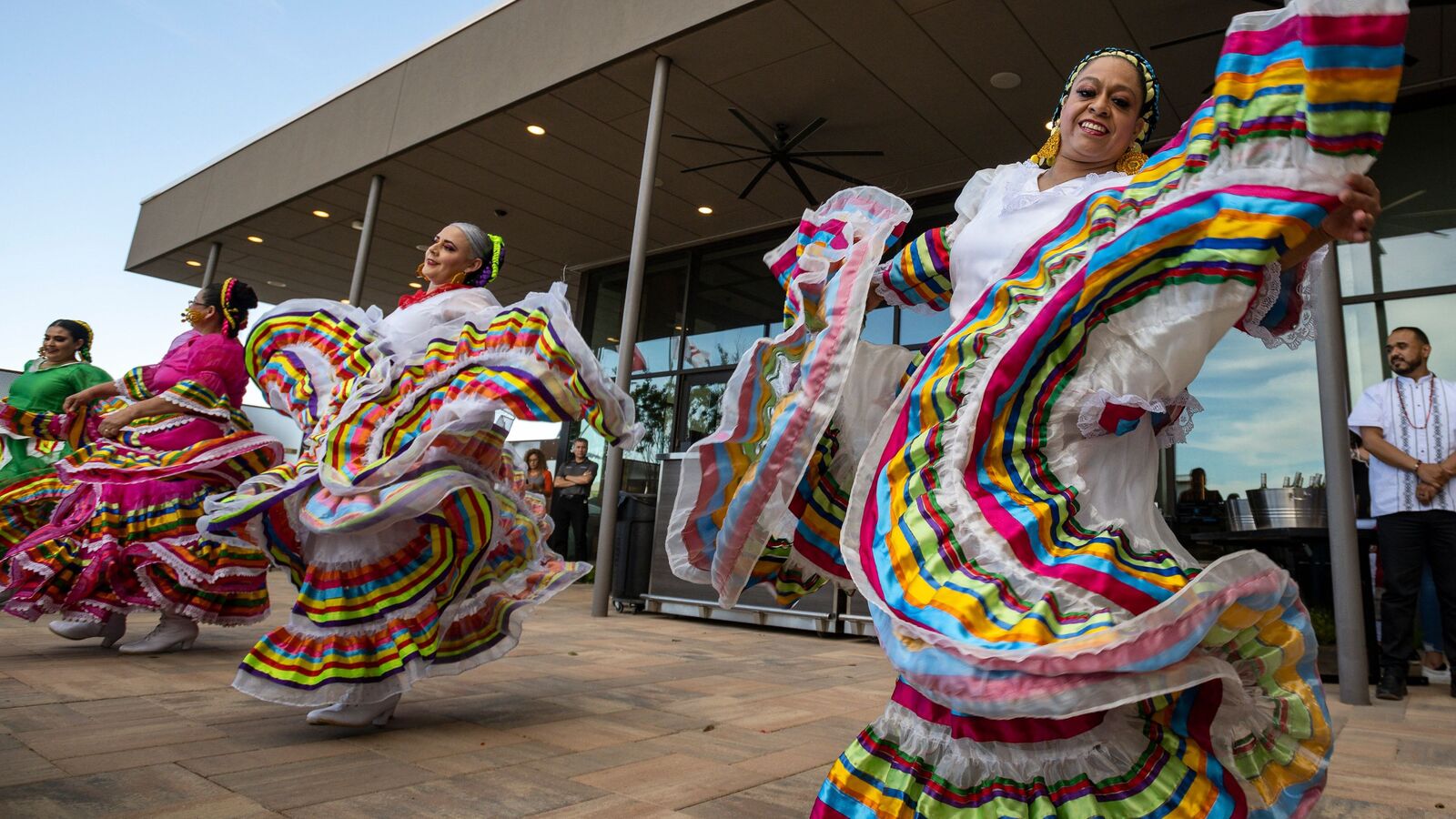In July 2021, the minister of state for home affairs Nityanand Rai told parliament that “the government of India decided it as a matter of policy not to enumerate caste-wise population other than Scheduled Castes (SCs) and Scheduled Tribes (STs), in the Census.’’
By May 2025, this policy had been turned on its head. With the BJP government on Wednesday deciding to hold a caste census along with the upcoming Census, the Mandal caste reservations of 1989 have come into a full political circle.
Its echoes are aimed for the moment on minister Nityanand Rai’s state Bihar, which goes to the assembly polls in a few months’ time and has one of the largest – if not the largest – number of other backward classes (OBC) in India.
While actual figures are at best opaque, UP may have the biggest number of OBC, that are loosely calculated on estimates based on family registers and other data. Bihar and Andhra Pradesh follow with roughly the same percentage.
Yet, this list is not final. The central and state OBC lists differ radically. With state governments constantly pruning and adding new castes, depending on political convenience, it keeps changing. According to the National Commission of Backward Castes, Bihar tops the country with 136 OBCs, followed by 98 in West Bengal.
The political point is who will this OBC enumeration benefit? Says D M Diwakar, former Director at the A N Sinha Institute of Social Studies, Patna, and currently associated with Development Research Institute, Jalsain, Bihar: “Whatever the BJP may do now, the fact is that the Rashtriya Janata Dal (RJD) had raised the issue at the national level for the first time, and they are going to gain. A delegation, which included Tejaswi Yadav and Nitish Kumar had met PM Modi in August 2021 but got no commitment.’’ Tejashwi Yadav said the Centre’s decision is a victory of his party’s demand.
By most educated estimates, OBCs constitute over 50 per cent of Bihar’s population today, with Muslims, SCs and the upper castes each accounting for something in the vicinity of 15% each. To have any realistic chances of electoral success in the state, political parties and coalitions must secure a substantial share of the OBC vote, and bolster it with support from some other, non-OBC electorates.
Bihar’s OBC numbers
Bihar’s OBCs comprise numerous caste groups, the largest of which include the Yadavs, Nishads, Kurmis and Koeris. Yadavs, who are thought to form around 15 % of the state population, traditionally favour the Lalu Prasad Yadav-led RJD. Nitish Kumar, Bihar’s current chief minister and the leader of the Janata Dal (United) or JD-U, has a large base among non-Yadav OBCs, including his own Kurmi caste, as does the Rashtriya Loktantrik Samata Party leader Upendra Kushwaha, who has appeal among his Koeri caste.
Crucially, the BJP is said to have consolidated support among the Nishads since 2014, believed to constitute at least 10% the state’s population, and so the largest caste group among Bihar’s Extremely Backward Classes (EBC), a sub-category of the OBCs, which has led to the BJP’s consolidation in the only crucial Hindi-belt state that has denied it a full embrace.
Theoretically, it puts the saffron combine in a strong position, relying significantly for its own support on the Nishads and some of their fellow EBCs, as well as on the upper castes, which have traditionally constituted a reliable BJP vote bank.
In addition, the BJP is also courting a section of the SCs to diversify its appeal—and the Lok Janashakti Party, a constituent of the NDA headed by Chirag Paswan, is expected to deliver support for the BJP-led alliance from the Paswans, believed to account for a third of Bihar’s SC population. This time though, the going may get tough for the Ram Vilas Pawan scion, which remains largely unaffected by the OBC reservation.
In the 2020 assembly elections in Bihar, it was these factors that propelled the BJP to an all-time high of 74 assembly seats of the 110 contested, an improvement on the 53 assembly seats it won in 2015, coming a close second to the RJD’s 75 seats.
According to journalist Pranav Chaudhary, the OBC narrative being pursued by Rahul Gandhi has been snatched by the BJP. “The message has gone down. It is the BJP, which is going to implement the programme, never mind who was demanding it earlier.”
Elsewhere in UP, SP boss Akhilesh Yadav tweeted that “The decision of caste census is a 100% victory of the unity of 90% PDA or “pichre” (backward), Dalit and “alpashankhak” (minority). Due to the combined pressure of all of us, the BJP government has been forced to take this decision.’’
Much will depend upon the challenges the enumerators can face in any fresh effort, plus the complexities of the mammoth exercise.
Diwakar, however, believes that the sting from the BJP’s decision has been substantially softened by the 2022 Bihar caste survey, which had put the OBC percentage at 63.14. Of this, the EBC constituted 36.1% while OBCs were pegged at 27.13 per cent.
Elsewhere, Karnataka and Telangana too have made announcements regarding changes and proposals to their respective OBC lists and reservation policies. Karnataka is considering increasing OBC reservation and potentially modifying the existing categories. Telangana has already passed legislation to increase reservation for backward classes, which could exceed the 50 per cent Supreme Court ceiling.
Opinion remains divided on who will gain, but the OBC value as a vote bank is unquestionable. OBCs were found to comprise 52% of the country’s population by the Mandal Commission report of 1980 and were determined to be 41% in 2006 when the National Sample Survey Organization (NSSO) took place. There are many who believe that OBC numbers could even be higher.
Whatever the BJP may do now, the fact is that the Rashtriya Janata Dal (RJD) had raised the issue at the national level for the first time, and they are going to gain.
The 1931 Census conducted by the colonial British government had also put the OBC numbers at 52% of the then total 271 million population of the country. That figure became the basis of the Mandal Commission’s recommendation in 1980 to grant 27% reservations to OBCs in education and government jobs, which was implemented only in 1990.
Some in the BJP government are doubting the numbers collected by the 2011 Socio-Economic and Caste Census (SECC) conducted by the Manmohan Singh government, a comprehensive survey conducted across India, aiming to collect data on households and their socio-economic characteristics, whose findings were never made public. The risk with such an approach is that another political dispensation may rubbish the findings of the current government.










